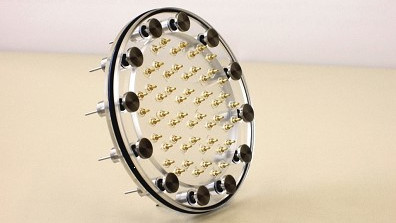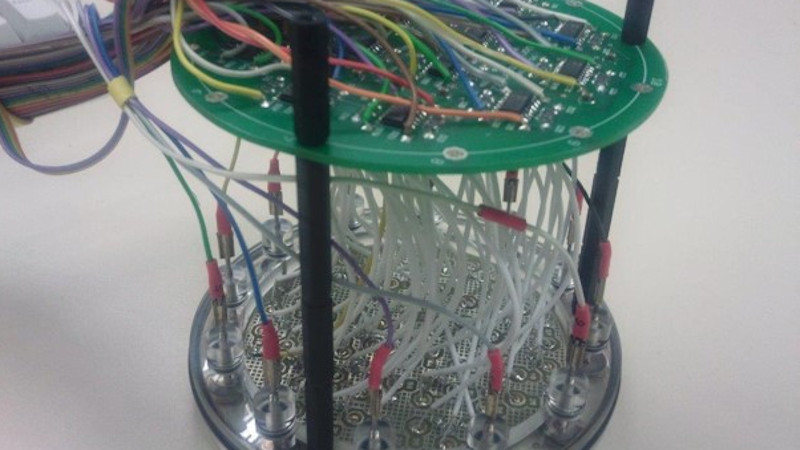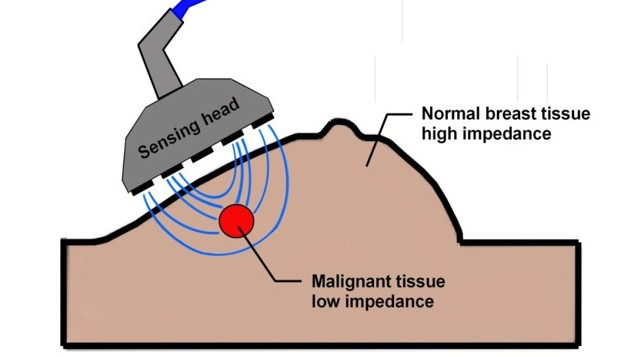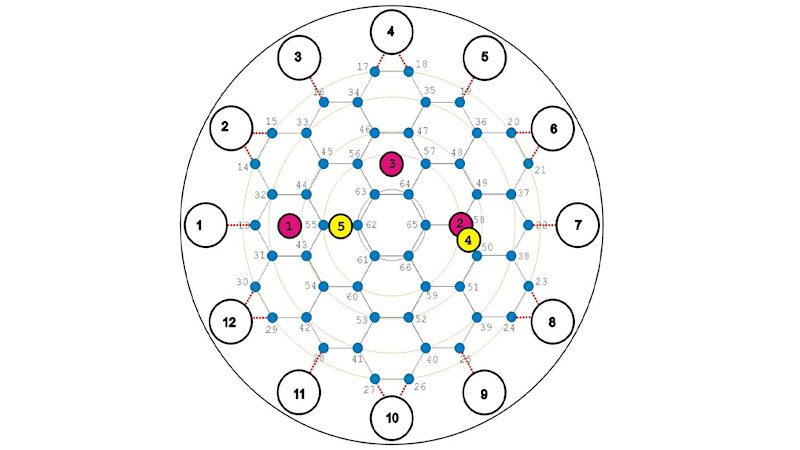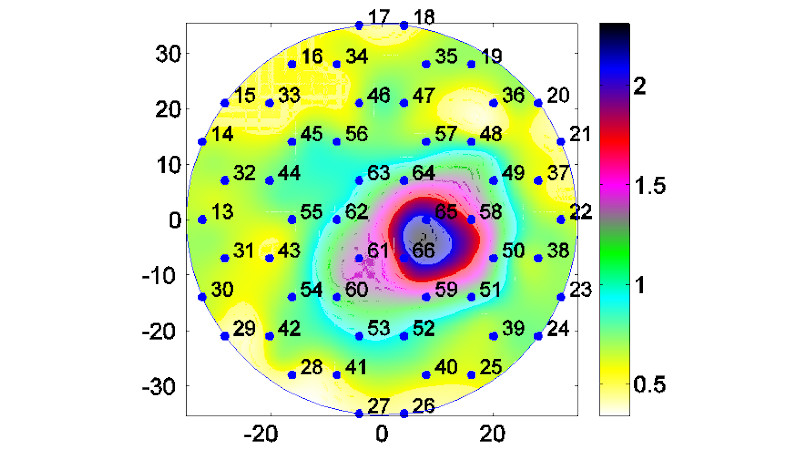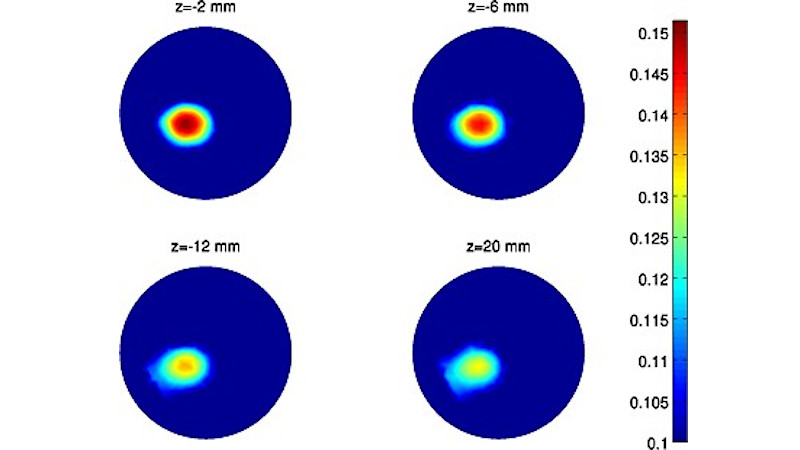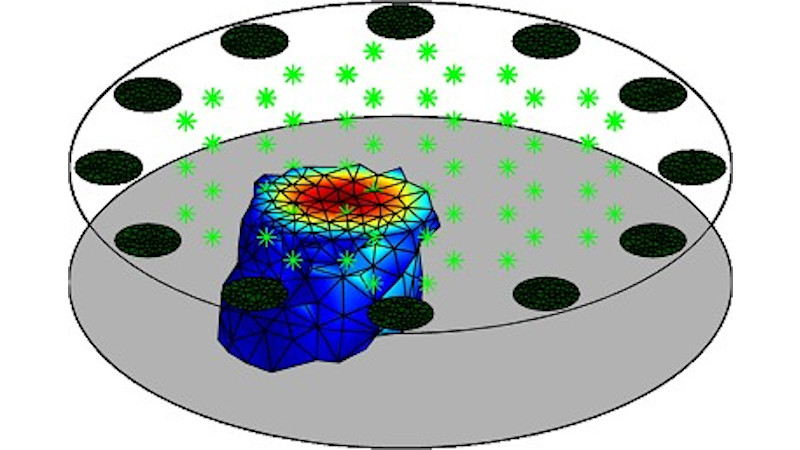Electronics and Instrumentation Group
Group Leader(s): Professor Khaled Hayatleh
Contact: khayatleh@brookes.ac.uk
About us
The Electronics and Instrumentation Group is focused on researching highly original and innovative solutions to real-world problems involving information / signal capture and processing. Current projects (amongst others) include:
- MRI image enhancement
- Electrical Impedance Tomography for non-radiation based body imaging
- biomedical signal artefact minimisation using digital signal processing and artificial intelligence techniques
- driver distraction monitoring using computer vision and artificial intelligence
- an artificial intelligence based road sign recognition system for autonomous vehicles
- removal of patient movement generated artefacts in electrocardiogram systems using a novel electrode arrangement

Leadership

Professor Khaled Hayatleh
Professor of Electronic Engineering

